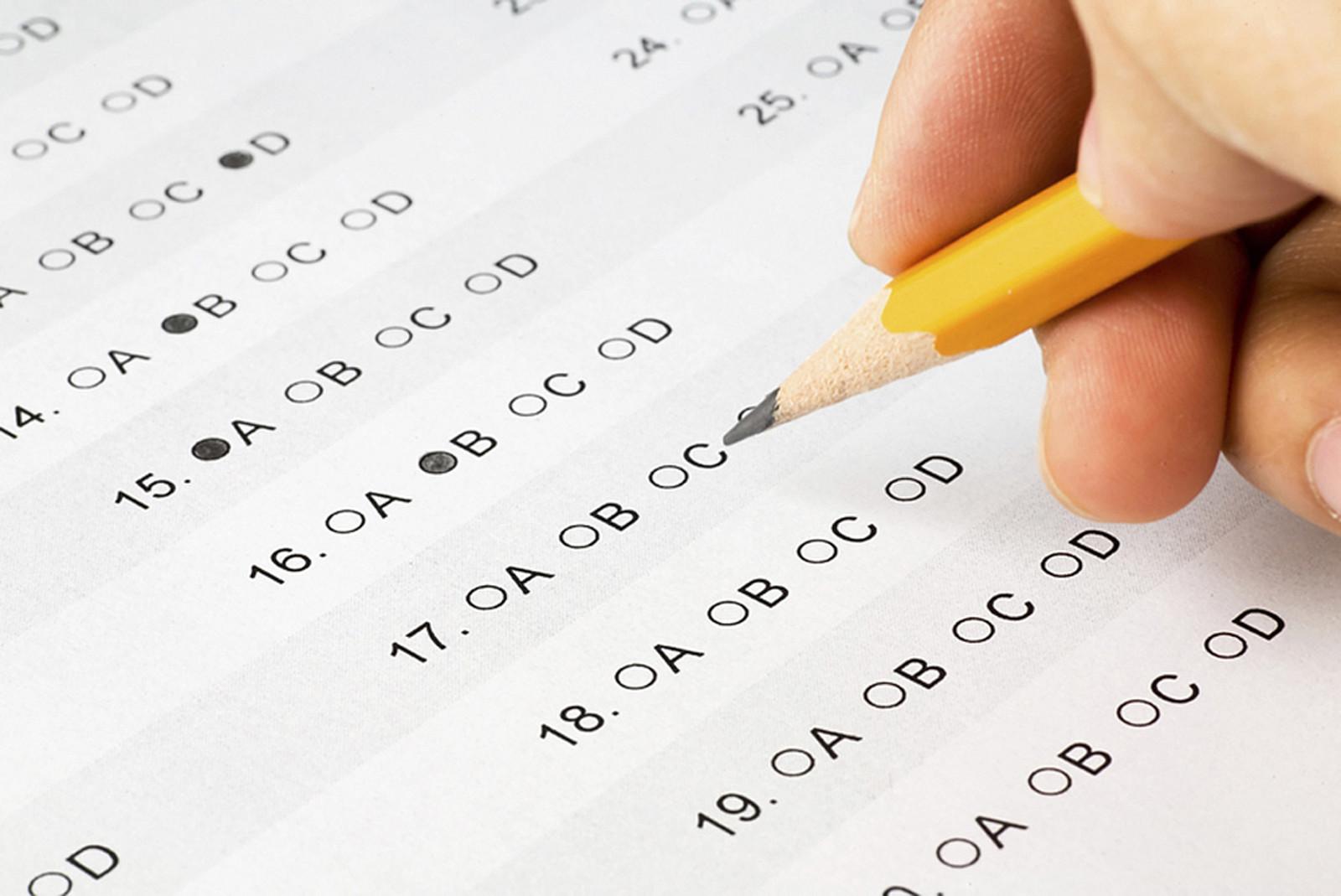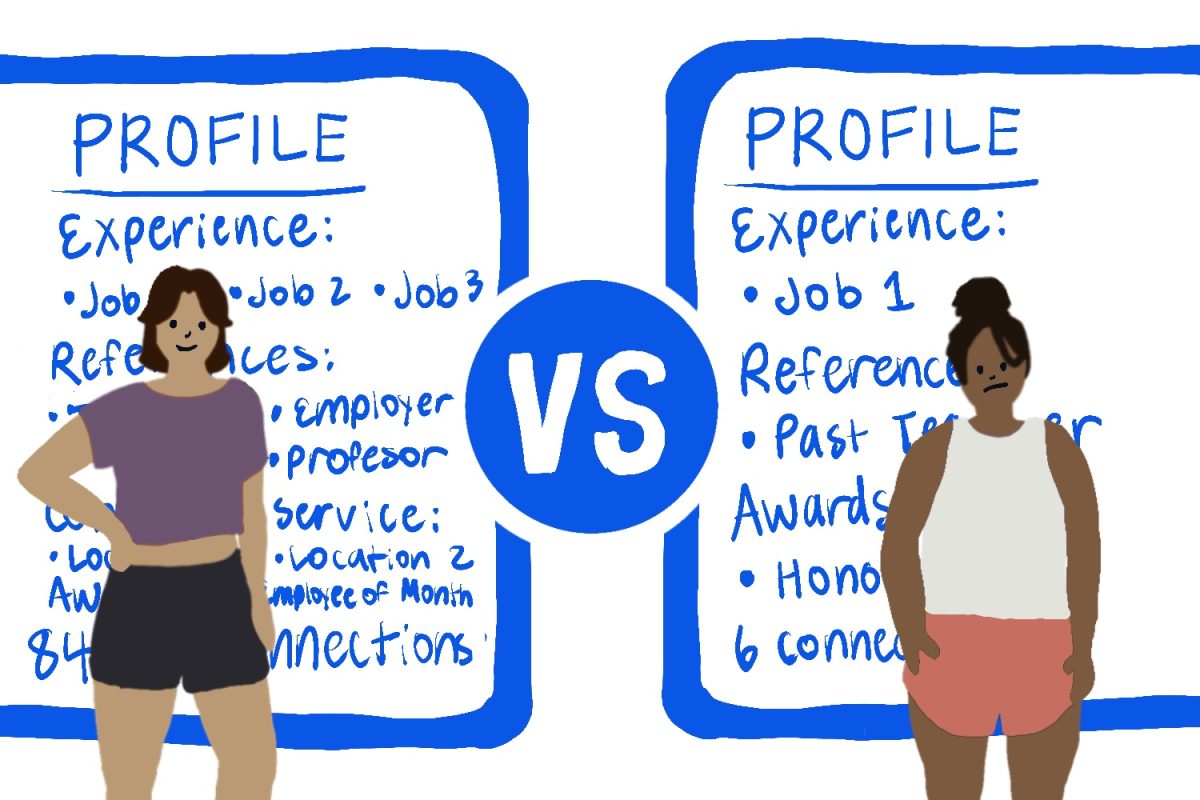We’ve all been there: sitting in a windowless classroom with our Number Two pencils, waiting for that dreaded standardized test to begin. They happened once every few years, or maybe every few months, but they always took a little spring out of our step the morning we realized a test was on our schedules. But according to The Boston Globe, U.S. President Barack Obama and his administration are looking to change that.
The Obama administration announced Saturday that it would “urge Congress” to limit the amount of testing in pre-kindergarten through Grade 12 to 2 percent of class time, in response to bipartisan backlash over standardized testing. According to the Globe and a survey released by the Council of the Great City Schools in Boston, students take an average of eight standardized tests per year.
Standardized tests in pre-K through high school are often used as a means of determining how students are performing in classes, which schools should receive more funding and which programs need the most development. However, many of these tests foster competitive environments in which classroom activity is dominated by test preparation and rote memorization. The standardized tests often mess with normal class schedules, which puts teachers behind and makes students miserable.
So much of education is based on final results — not how you learn, but what facts you can learn and how quickly you can learn them. It is in this way that our primary education is almost a business. Of course, we don’t realize this when we are a part of the system. But it’s clear that schools are downsizing — we cram as many students into a classroom as possible, teach to the test and hope the students do well in an effort to shove as many students through the education system as possible.
What seems to be the keystone here is that school administrations should be focusing on the quality of tests rather than the quantity, just as former Massachusetts Secretary of Education Paul Reville suggested to the Globe. The fact that teachers could potentially fall behind in curriculum because of these standardized tests speaks to the fact that teachers, even in normal class situations, are teaching to the test.
While tests are undoubtedly important to a district’s determination of success, many of them feel pointless, degrading and downright unnecessary. Ultimately, these tests level the playing field from district to district — even within schools, many teachers don’t have the same style or focus as their colleagues, which may result in some students having a better understanding than others in the same subject, in the same high school. Tests measure that.
But this sort of test culture is what the Obama administration is seemingly eager to derail. While the data gathered from standardized tests is obviously important, many students of middle and high school age don’t take the tests seriously enough for them to give accurate results, anyway. And still, teachers are judged based on their students’ test scores and are given bad measures when they results are poor. The immense pressure from their higher ups seemingly only results in more stress and less cooperation from all parties involved. Perhaps we should use these tests as a bare minimum for data, and instead consider other tactics in general classroom settings in the form of hands on projects or essays.
After all, many of us consider our best teachers to be those who strayed from the written curriculum.
In the United States, our attitudes toward teachers are somewhat shallow and unreasonable. These are the people responsible for initially shaping our attitudes, behaviors, study habits and overall personality. They must be experts in their craft. And still, becoming a teacher in our culture is referenced as a fallback. We’ve all heard the expression: “Those who can’t do, teach.”
But how can we say such a thing about the people who are responsible for the most formative years of our lives? Perhaps if we held teachers the same standard at which we held other professionals who are responsible for our well being, students and administration alike would be more inclined to respect them. Then, perhaps, these standardized tests would be more accurate and less of a pain.
That being said, there is a huge difference between those who teach for the love of it and those who teach for a paycheck. There are just as many poor teachers in this world as there are life-changing ones, and maybe our responsibilities lie in weeding out those who don’t take their jobs as seriously as others. But this sort of change would almost require a shift in culture — we don’t treat teachers with nearly the amount of respect they deserve. And the road to becoming a teacher isn’t the same as the road to becoming a doctor or a lawyer. All teachers in the United States don’t take the same test to become one, as doctors and lawyers do.
And here we have arrived at another issue: what do we do about tests in higher education?
Ultimately, these tests were our first contributors to the sense of competition we felt all throughout high school — the one that continued to follow us as we chose a college or university to attend. Suddenly, you’re asking your friends what scores they received on their tests. You wonder why your test had more points taken off than your friend’s. And as we start to learn of the results of our SAT and ACT tests, we may feel as though we aren’t as smart as everyone else just because our score was a little bit lower.
And here, the emphasis shifts: in elementary school, administrators wanted us to do well so that they could pinpoint needs, or perhaps so that they could receive some sort of funding grant. Now that we are older, we are more focused on the pressure to do well that comes from our own sense of competition and our parents’ influence, and less from the higher ups.
According to HeartMath and the TestEdge National Demonstration Study performed in 2014, 61 percent of high school students suffer from test anxiety and 26 percent are “handicapped by test anxiety often or most of the time.”
While the need for standardized tests such as the SAT and ACT is clear, it seems that these are not the tests that always cause the supposed “test anxiety” that so many students attribute to their lack of happiness at college. The phrase is a label that places students into a small box — as if students have an anxiety that they cannot solve.
The fact is, many students do stress over tests. At this level, however, test anxiety is a different issue than it was when we were kids. We chose to attend a certain college or university, and it’s up to us to learn how to take care of our stress. Having faced accusations regarding the stress placed upon students, Massachusetts Institute of Technology responded by addressing “imposter syndrome,” or a “frequent feeling of failure despite a record of accomplishments.”
And MIT isn’t wrong. Of course, many students say that they have “test anxiety,” and it is obviously a real issue for many. But if you have made it to a university such as MIT or Boston University, chances are your test anxiety isn’t debilitating enough to keep you from success — you have achieved something by making it this far. But if it is, perhaps you face larger issues with anxiety. Changing the structure or frequency of testing, however, won’t help as much as changing a study strategy or working with a psychologist or psychiatrist to combat the issue would.
The wide range of issues related to testing goes to show that the Obama administration’s decision to push for this sort of legislation is a fantastic step in the right direction. It will address testing culture not only in our elementary, middle and high school classrooms, but also in our education system as a whole.




















































































































